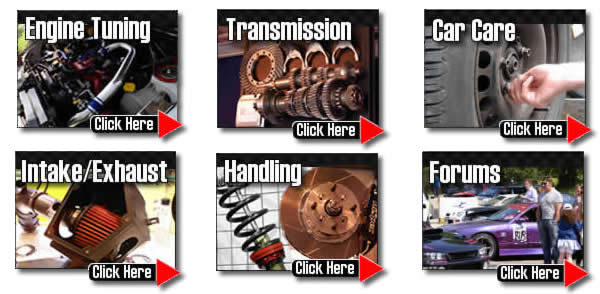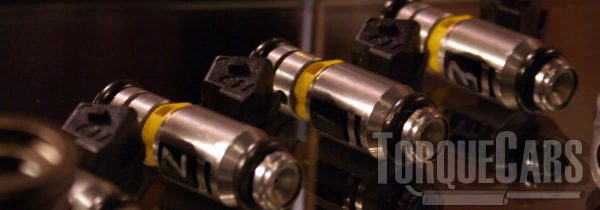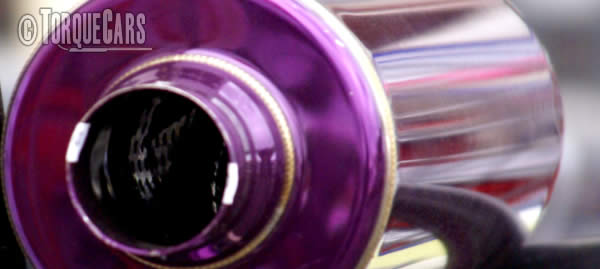Tuning the MG Maestro
"Thank you for reading this MG Maestro tuning guide."
Fantastic 2.0 engine and the turbo was insane, sadly there are few of these around today but good ones quite rightly command high prices.
The Maestro is a good car modification project to play with. With the right mods your Maestro can be transformed into an awesome motor. Don't waste money, do your homework and follow our unbiased guides to each performance upgrade so you don't waste your money.
The MG Maestro great bases for a tuning project and with the ultimate motorsport upgrades like a remap, turbo kits and camshafts you will dramatically maximize your driving pleasure.
We shall examine Maestro tuning and show the optimum mods that work.

Handling/Suspension upgrades
Handling modifications are often a priority for the Maestro.
We found that most Maestro factory suspension setups need tweaking, a few degrees of toe out for cornering or toe in for stability, 1-1.7, and a small amount of negative camber will often improve your cornering and handling.
Drop the car by as much as 24mm - 41 mm. and fit sports stiffer dampers, bigger drops will need other modifications in most instances.
Turning our attention to the Maestro's engine we need to get a bit more power out of the top end.
Sadly with smaller engine sizes you are wasting your time spending money on modifications, so if this applies to you get yourself an engine swap then apply the following mods.
Tuning modifications.
These are the motorsport mods are usually installed by our members, decide how far you wish to go in your tuning project before you get going.
- MG Maestro 1600 (1983–1984)
- MG Maestro 2.0 EFi (1984–1991)
- MG Maestro Turbo (1989–1991)
Getting the best uprated mods for your planned usage of the car is vital. Stage 3 competition upgrades just don't work well on the road making the car difficult to drive.
Please watch our introduction Video tutorial to car tuning. Be sure to subscribe and support our new channel.
How to tune your car
- Improve the handling
Focus on Suspension improvements, such as coilovers and make sure the bushings are in good order and that the alignment is correct. Then focus on improving the brakes, with a big disk brake conversion kit and fast road brake pads.
- Remove restrictions
Focus on the intake and exhaust with filters being the common point of restriction in a tuned car. Intercoolers may also become restrictive on turbo engines so this may also need to be uprated.
- Burn more fuel & air
Increase the fuelling so it matches the air coming into the engine. The ratio is important so you need to improve the fuel pump and injectors, so the head mods, big valve conversions, fast road camshafts and forced induction upgrades extra supply of air is adequately met.
- Test and replace any weak parts
Weak areas are commonly the clutch, the turbocharger and pistons and crankshaft in a highly tuned engine. Makes sure these components will cope with your power aspirations.
- The Tune or Remap
A cars ECU controls the fuel, timing, spark and even the turbo in some cases, so to fully extract your gains you should remap the car last and this will fully release the power. Some cars are easy to map, and others require piggyback ECU's or aftermarket ECU's but this is the most vital step of your tuning project.
Modifying to Stage 1:
Alloy wheels, Panel air filter, Suspension upgrade (drop 24mm - 41 mm.), Sports exhaust, Remap, Lighter flywheel.
Modifying to Stage 2:
Ported and polished head, fuel pump upgrades, Fast road cam, Power/Sport clutch, high flow fuel injector.
Modifying to Stage 3:
Internal engine upgrades (pistons/head/valves), Engine balancing, Adding or upgrading forced induction (turbo/supercharger), Sports gearbox, Competition cam.
Peak power is good on competition cars but for a drivable and fun car you need a long power band and perhaps extending the rev range.
The whole aim of our guides is to give a starting base of car tuning mods and point you in the right direction, our forum is where you can ask for more detailed advice and tips on your tuning project, the best sport mods and all aspects of modding cars.Fast road cams offer one of the biggest performance gains for your money as far as a bolt on sports modifications goes on a NASP engine.
It improves the intake and exhaust flow and pushes up the power if done right. Ideally you'd add other mods and finish up with a performance chip. TorqueCars would caution you not to go with a motor sport cam as this affects the engines idling and general town driving characteristics.
When pushing up the power you will need to increase to the fuelling. More power needs more fuel.
If you find you experience flat spots and surges after your sports mods you should check the fuelling and try a higher octane fuel as well.  To get sufficient fuel you may need to uprate the injectors on your engine.
To get sufficient fuel you may need to uprate the injectors on your engine.
A fuel pump will only deliver a finite amount of fuel, so you may need to uprate this if your injectors are demanding more fuel.
Intake and Exhaust Tuning.
The next area for modification is the intake and exhaust.  Induction kits only help to add performance if your cars air intake is restricted! Adding an induction kit to most stock engines will see ZERO LOW END POWER GAIN AT ALL. If you have heavily modified your engine and it's need for air INCREASES DRAMATICALLY then an induction kit is the answer and will help remove this restriction.
Induction kits only help to add performance if your cars air intake is restricted! Adding an induction kit to most stock engines will see ZERO LOW END POWER GAIN AT ALL. If you have heavily modified your engine and it's need for air INCREASES DRAMATICALLY then an induction kit is the answer and will help remove this restriction.

Induction kits can work well on turbo engines and larger engines (if supplied with a suitable cold air feed or air box), generally though we'd just recommend for Maestro engines you should go with a high performance panel air filter preferably made from cotton.
Sports exhausts can help balance the flow of gases through the engine. But if your exhaust is too large, ie: it's over 2.5 inches bore, you will lose a great deal of your flow rate and end up sapping power and torque.
Getting a professionally ported and polished head with larger valves can fully maximise your power gains. A good multi plate fast road upgraded clutch will help to keep that power going where it should. Never make false economies or think that the standard OEM clutch to cope. The best mods in our experience for your Maestro are a remap especially on a turbo, a fast road camshaft and sports exhaust, with a good air intake.
NASP engines do not achieve big power gains if you remap them, unless you have done extensive modifications. With turbocharged engines this is another story. A remapped turbo will give big power gains and fully release the potential power of the engine.
We've also seen some tuners playing with twincharging applications and making some impressively high power figures.
Despite the large cost involved adding forced induction to a NASP engine will give large power gains. Turbos are often harder to add than a supercharger. With a turbo the boost curve is related exponentially to the engine speed making it more challenging to map.
Superchargers, however will give a boost which is correlating to engine speed so is easier to map. Decreasing the engines compression ratio will allow you to add forced induction, water injection may also help prevent detonation.
Alloy wheel upgrades.
The benefits of alloys include reducing your unsprung weight and more efficient brake cooling. We can't go into too much detail here about tires but they are how the car puts the power down on the road so are a critical choice. soft compound tires work well on Maestro, and make a big difference over budget tires. The downside to large alloy wheels on your Maestro is that you're altering your effective final drive ratio so this will have a negative effect on performance and acceleration.
Due to this try to keep the overall rolling diameter of the wheel the standard factory sizes. In all cases without going over 16 inches.
For more information on Tuning your car please join us in our friendly forum where you can discuss Maestro options in more detail with our Maestro owners. It would also be worth reading our unbiased MG tuning articles to get a full grasp of the benefits and drawbacks of each modification.
Please help us improve these tips by sending us your feedback in the comments box below.
We love to hear what our visitors have got up to and which mods work best for them on each model of car. Comments are used to improve the accuracy of these articles which are continually updated.
If you liked this page please share it with your friends, drop a link to it in your favourite forum or use the bookmarking options to save it to your social media profile.
Check out TorqueCars new YouTube channel, and see their awesome new content...
Feedback
Please use our forums if you wish to ask a tuning question, and please note we do not sell parts or services, we are just an online magazine.
Help us improve, leave a suggestion or tip
